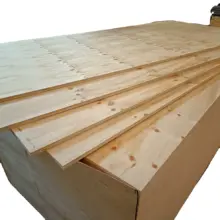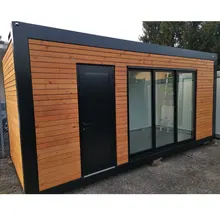When considering the longevity and durability of roofing materials, metal roofing stands out due to its resistance to various environmental factors. Metal roofs, including standing seam, stone-coated metal, and corrugated options, are known for their durability against elements like wind, hail, and fire. The strength of metal roofing is partly due to its installation method; screws are used rather than nails, providing superior holding power.
Natural slate, while heavy and offering high wind resistance, can be less ideal in fire scenarios due to the potential for roof collapse if the underlying structure is compromised. Concrete and clay tiles, also heavy, provide a degree of wind resistance but their porous nature can lead to algae growth and mold when exposed to rain.
In terms of hail resistance, metal roofing sheets are superior, with corrugated panels in particular providing excellent deflection of hail. Slate and concrete tiles, though resistant, can crack under significant hail impact. It's important to note that not all impact-resistant shingles are created equal; some may include rubber to enhance their hail resistance.
For sun and UV resistance, metal roofing panels are advantageous as they do not warp or crack easily, and their ability to reflect sunlight can help in reducing heat absorption. On the other hand, asphalt shingles and wood shakes are more vulnerable to warping and cracking, with wood shakes being particularly susceptible to damage from large hail stones.
Overall, the most durable roofing materials are those that can quickly shed water, resist the absorption of moisture, and withstand the various forces of nature without significant degradation over time.














































 浙公网安备 33010002000092号
浙公网安备 33010002000092号 浙B2-20120091-4
浙B2-20120091-4